Key takeaways:
- ISO20022 adoption streamlines integration, boosts data quality, and supports innovative financial products, enhancing overall efficiency.
- Financial institutions grapple with ISO 20022’s complexity, legacy system issues, and the necessity of effective collaboration with external stakeholders.
- Despite challenges, embracing ISO 20022 is crucial for financial growth, ensuring operational efficiency, competitiveness, and meeting evolving customer demands.
How to Leverage on ISO 20022 for Business Success:
It is essential to recognize that ISO 20022 migration is not just technical; it brings real advantages for businesses. Enhanced data quality, seamless integration, and support for innovative financial products open new avenues for growth and efficiency.
Financial institutions secure success by leveraging ISO20022 benefits in the digital world. This ensures a strong business position.
Key Strategies for Successful ISO 20022 Deployment: Best Practices Unveiled
Best Practice 1: Assessing Current Systems and Processes
Financial institutions should thoroughly analyze their current systems and processes before implementing ISO20022. This analysis is crucial for identifying any gaps or areas requiring improvement to meet the new standards.
Understanding the Current Situation: Financial institutions need a comprehensive understanding of existing systems, messaging formats, and integration points, encompassing various message types, data formats, and protocols. It is essential to assess system compatibility and readiness for ISO 20022 messages.
Identifying Gaps and Areas for Improvement: After analyzing their systems, institutions should pinpoint gaps and areas needing improvement to align with ISO 20022. This may involve modernizing outdated systems, improving data quality, and refining governance practices, with involvement from various stakeholders.
Developing an Implementation Roadmap: Identify gaps, then create a roadmap for ISO 20022 implementation, detailing essential steps and timelines for successful adoption.
Best Practice 2: Establishing Cross-Functional Collaboration for ISO 20022 Implementation
Successful ISO20022 deployment relies on cohesive collaboration among diverse departments and stakeholders in financial institutions. Forming a dedicated cross-functional team for ISO 20022 implementation fosters effective project management and stakeholder involvement.
Defining Roles and Responsibilities: Clearly outlining the roles and responsibilities of team members across IT, operations, ISO20022 compliance, risk management, product development, and business units is essential. Appointing a project manager to oversee these functions ensures effective contribution to the project.
Fostering Collaboration and Communication: Encouraging regular meetings, knowledge sharing sessions, and open dialogue cultivates a collaborative culture necessary for a shared understanding of project objectives and requirements.
Establishing Governance and Decision-Making Processes: Setting up regular reporting mechanisms, clear escalation paths, decision-making frameworks, and seeking external expertise supports effective governance within cross-functional teams implementing ISO 20022.
Best Practice 3: Testing and Validation for ISO 20022
Testing and validation play a crucial role in the successful deployment of ISO 20022 by financial institutions. Establishing a comprehensive testing framework is vital to ensure the accuracy, integrity, and interoperability of ISO20022 messages and systems.
Developing a Comprehensive Test Plan: Financial institutions should meticulously develop a test plan outlining the scope, objectives, test scenarios, test cases, data sets, and expected outcomes for each scenario. This plan should encompass all relevant systems, interfaces, and integrations.
Effective Assessment of Counterparty Readiness: Financial institutions should open clear communication channels, develop a readiness questionnaire, conduct collaborative testing, verify compliance with market practices, and maintain a feedback mechanism. Moreover, it is crucial to verify that counterparties adhere to any rules and placement dates as per market practices, ensuring alignment with industry standards. This approach ensures a transparent and coordinated transition to ISO 20022.
Conducting Functional and Non-Functional Testing: Functional testing verifies the behavior and functionality of ISO 20022 payment messages and systems, focusing on message formats, data mappings, and business rules. Non-functional testing assesses performance, scalability, and security standards, including collaboration with external stakeholders for end-to-end testing.
Establishing a Feedback Loop: Maintaining a feedback loop between testing and development teams is critical to promptly addressing any issues or defects identified during testing. Regular status updates and progress reports should be communicated to all stakeholders to ensure transparency throughout the process.
If you need support to implement ISO 20022, then let’s plan a call with one of our ISO 20022 Experts to discuss your own needs and define a roadmap for the migration.


